
Scientists have long said that humans are more susceptible to smells than we think we are. Of course, we’re not even close to our pets when it comes to sense of smell, but scents have a profound effect on our mood and emotions. And we can utilize this feature of our body to our advantage, and create a more comforting and inviting atmosphere in the home.
This article is packed with practical tips for a pleasant-smelling home. We focus on natural and reusable methods that will make your home smell amazing without harming your body or the environment.
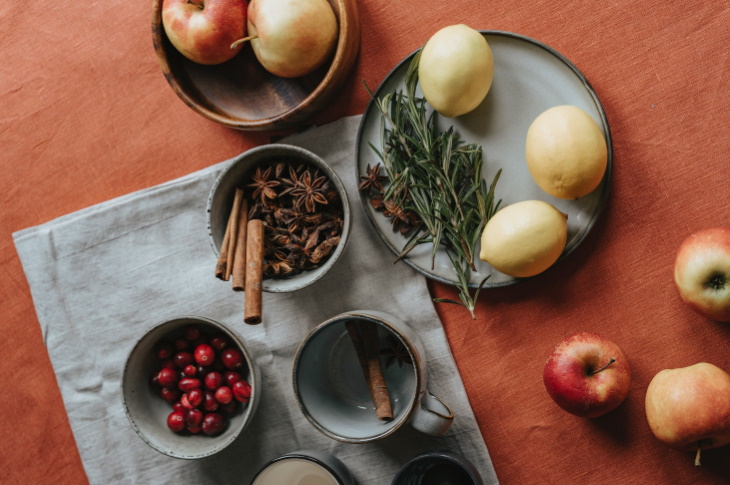
Not a fan of potpourri collecting dust and cluttering up your shelves and tables? Then try the stovetop kind. Stovetop potpourri refers to the practice of slowly simmering your custom-made mixture of spices, herbs, and fruit. This trick will make your entire kitchen and adjacent rooms smell heavenly!
Just pour water into a saucepan or stock pot until it’s about 3/4 full, and then add in the whole spices, herbs, and fruit (either fresh or dried) of your choice. Carefully move the saucepan to the stovetop and let it simmer on low for hours until the water has nearly completely evaporated.
My favorite combination is pine, rosemary, orange peels, and cranberry, but you can also use cinnamon sticks, cloves, star anise, and apples for a more fall-appropriate smell. Experimenting with different smell combinations is what makes stovetop potpourri especially fun.
Don’t feel like experimenting with stovetop potpourri? Then we have a low-effort option that also uses leftover lemon rinds you’d otherwise throw away. Just place used lemons in a large pot, fill it with water, and simmer on low heat. The lemon rinds will make your kitchen smell clean and fresh, even if you fried fish there just a few hours before.
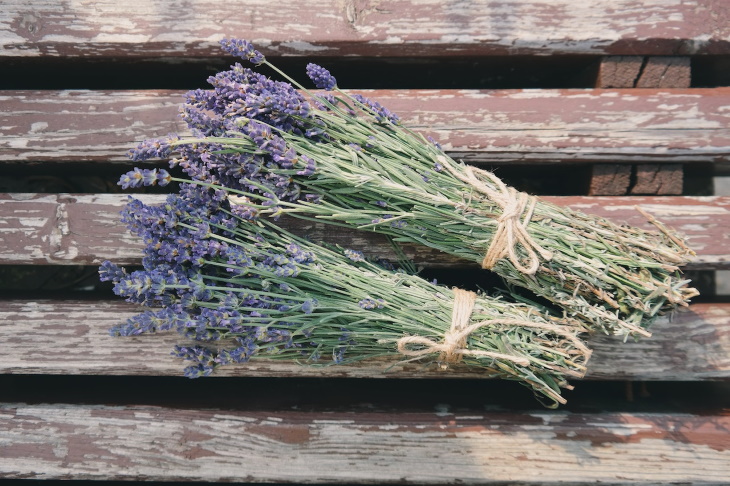
Everyone should have a bouquet of calming lavender in the bedroom. Trust me, it will serve you a lot longer than most flowers. Just avoid adding water as you place the lavender in a vase. It will dry out over time, turning into a bouquet of dried flowers. And the best thing is that the lavender essential oils naturally present in the flowers will continue giving off the calming and relaxing lavender scent for months. Not to mention that it looks pretty too.
But even if you’re not a fan of lavender, you can hang or display various dried herbs in your home. Olive branches, bay leaf branches, rosemary, or sage all work great for this. Just tie a bunch of herbs together and hang them somewhere in your home. Alternatively, you can collect a large bowl full of pinecones and display it as a seasonal decoration that also doubles as an air freshener. Clever and resourceful!
Related article: 9 Dangerous House Smells You Should Never Ignore

Air fresheners are readily available in stores, so why would you make your own? Natural air fresheners are safe for you, your family, your pets, and the environment. This, unfortunately, cannot be said about commercial air fresheners, which emit air pollutants. Many of the ingredients listed in store-bought air fresheners fall under the category of volatile organic compounds (VOCs), which have been associated with headaches, asthma attacks, nasal congestion, and breathing difficulties. Homemade air fresheners are not associated with any of these harmful effects.
So how do you make your own air freshener spray? Here are a few recipes:
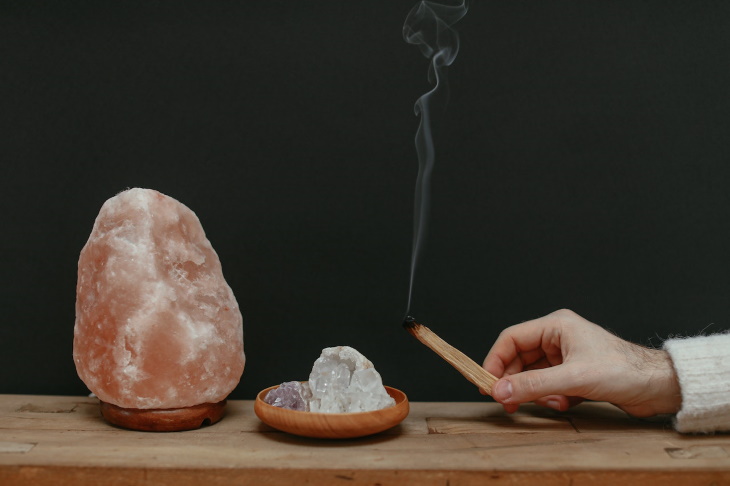

Not everyone is ready to invest in air purifiers and salt lamps, and at the end of the day, you don’t have to. That’s because there are natural and cheap (or even free) solutions to an odor problem. For instance, you can strategically place a few small bowls of baking soda around the house and replace them every 1-2 weeks.
Baking soda will absorb any unpleasant smell, and it’s pretty cheap too. I always keep an open box of baking soda in the fridge and replace it every month or two to prevent those unpleasant fridge smells, but you can also have a bowl or container of baking soda in the pantry, near the trashcan, or behind the cat’s litterbox.
Another interesting alternative is tea. It too can absorb unpleasant smells instead of masking them. Put a bunch of dry used tea bags or loose-leaf tea on a plate or bowl and place it in the fridge or in the kitchen to get rid of unpleasant smells. Replace it as often as baking soda.
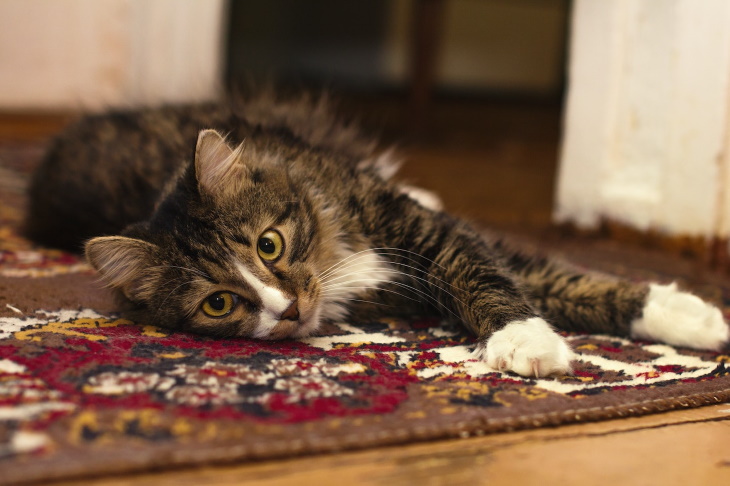
Textiles have the annoying tendency of not merely getting dirty but also absorbing smells. So, if you’re wondering why your couch and floor smell like Fido or Mitzy, you can confidently blame the couch cushions and the carpet. Unless your upholstered furniture and carpet look grimy, a bad smell doesn’t mean that you have to reach for harsh chemicals. At first, try sprinkling a generous layer of baking soda over your upholstery or carpet, let it sit overnight or for at least 1 hour, and then simply vacuum away the baking soda. That’s all, the odors should vanish.
When it comes to items that are easier to launder like throw pillows, curtains, blankets, and bed linens, make sure to wash them regularly. You’d be surprised at the amount of odor that can get stuck in kitchen curtains, and the huge change laundering bed linens weekly can make for the freshness of your bedroom.
Related article: 7 Fragrant Houseplants for a Nice Smelling Home
This tip, unfortunately, doesn’t work for everyone. Those who live in a city with a lot of air pollution will only make matters worse by opening the windows and letting all that smog enter their home. But if you’re fortunate enough to live in a more rural area, with fresh and crisp air, why not take advantage of it? Let the sunshine and clean air come pouring in every morning!
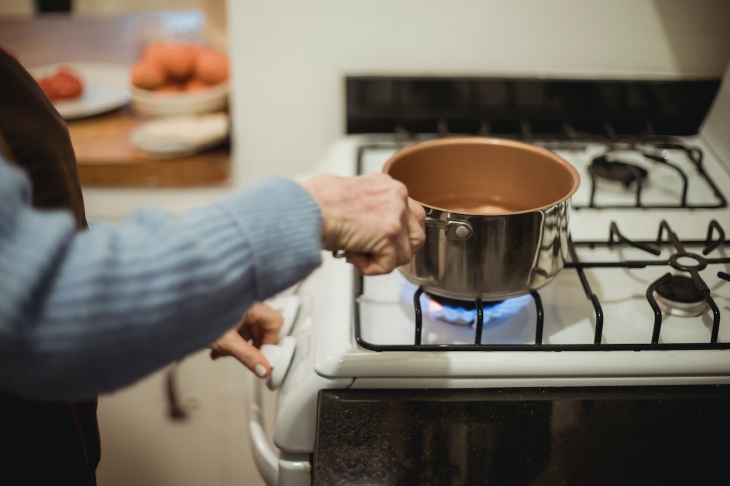
You’ve surely heard that white vinegar has some odor-absorbing properties. After all, this is exactly why so many people use it to clean their homes. But even if you prefer traditional cleaners to scrub your stove and kitchen sink, consider incorporating vinegar in your post-cooking cleanup routine. Simmering a saucepan with some white vinegar after cooking will help eliminate unpleasant cooking smells, especially greasy odors, from your kitchen.
You can also place a glass or bowl of vinegar on the kitchen counter overnight to refresh the kitchen. Just make sure to label it somehow, as someone in the house may confuse it for a glass of water, and it won’t end well.
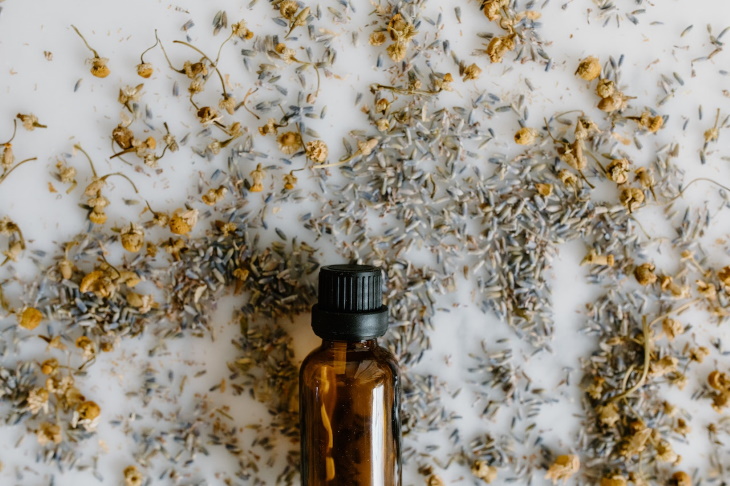
Essential oils and candle-heated or electronic essential oil diffusers are everywhere these days. These handy little diffusers will spread a pleasant, natural scent of peppermint, lemon, or cinnamon throughout your home. What if you don’t have a diffuser? We’ve got you covered.
First and foremost, you can make an air freshener spray. We explain how to do so earlier in this article, so just scroll up for a recipe. You can also sprinkle a few drops of oil onto a bath hand towel, your pillows, or even directly into your bathtub before taking a bath.
But if it’s specifically oil diffusion that you’re after, the best way to do aromatherapy without a diffuser is to simply use a saucepan and your stove. Fill the saucepan halfway with water, and sprinkle 15-20 drops of essential oil in. The stove should be on a low setting - the water should be steaming but not boiling. Observe as the pleasant scent of lavender or orange spreads throughout the kitchen and beyond for hours, add more water if needed.
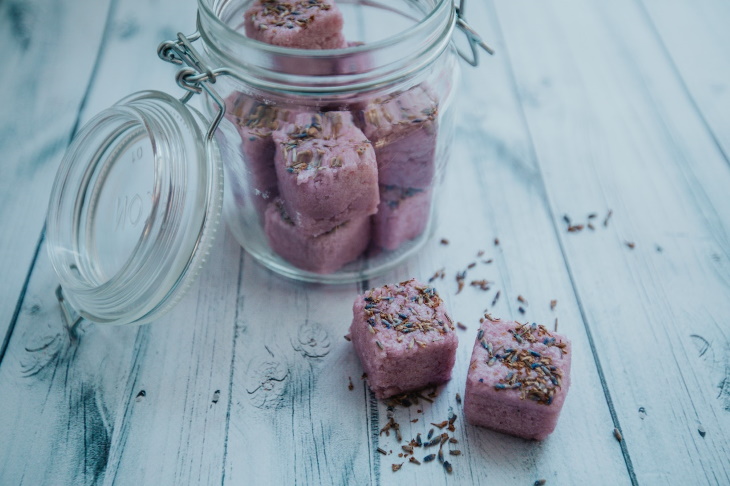
We saved this fun little DIY project for last. It makes a great family project or a beautiful handmade gift. You’ll be making homemade wax melts, which are essentially scented pieces of wax that give off a pleasant scent even if you don’t melt them. However, wax melts are designed to be warmed up slowly using a wax warmer (but using a tea light to heat the wax melt over a small heatproof bowl works just as well).
For this project, you'll need a slow cooker, silicone molds (an ice cube tray is perfect), and a slow cooker liner. You’ll also need 1 cup of soy wax pellets, 1 teaspoon of lavender essential oil, 1-2 drops of purple food coloring, and a handful of dried lavender flowers (optional).
Once you’ve gathered all the ingredients, follow these step-by-step instructions:
1. Line the slow cooker with the plastic liner.
2. Add the soy wax pellets and melt them on low heat.
3. Once melted, add the essential oil and food coloring. Mix until smooth and even, and then carefully remove the liner.
4. Transfer the liner to a measuring cup, folding the plastic edges over the top of the cup to secure the liner.
5. Sprinkle the dried lavender flowers at the bottom of the silicone mold, then pour the scented wax over them.
6. Let the wax cool until completely solidified at room temperature.
7. Remove the wax melts from their molds. Store in a sealed container before use.